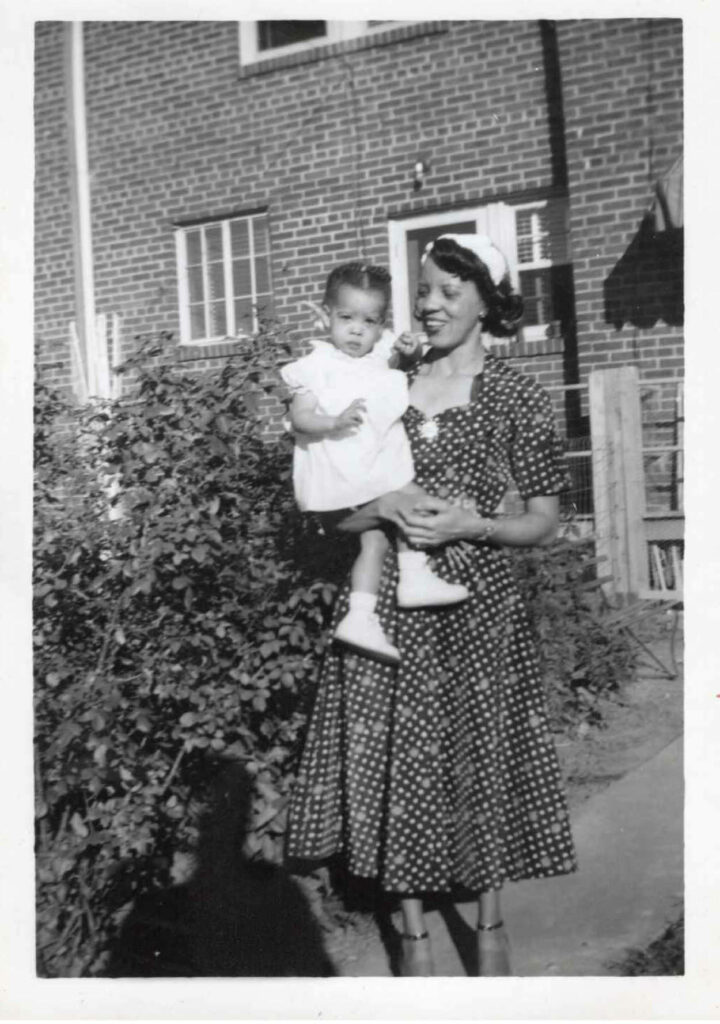Black History Month grew out of “Negro History Week,” the brainchild of noted historian Carter G. Woodson and other prominent African Americans in 1915. But history is not just about the “important people” who made a lasting impact on a national or global scale. History is also about the most average of people . . . how they lived their lives, the choices they made, the hurdles they had to face, the victories they won and the legacy they left for generations to come.
My mother was born in 1916, the sixth of 10 children living in a Negro settlement called Halls Hill, which was on land sold to Blacks by their brutal former slave holder. That area is now identified as part of Arlington, Virginia. Her birth certificate classified her as “Mulatto” but her racial designation changed to “Colored” in the 1920’s census, then “Negro” in the 1930’s census, “Black” in the 1970’s and “African American” in the 1980’s. Around 1920, her family moved across the Potomac River to SW Washington, D.C.

For much of the first 50 years or so of her life, every aspect of her day to day life was determined by her race:
- which neighborhood she could live in,
- which church she could worship in,
- which schools she could attend,
- which store she could enter to buy clothes,
- which items she could try on (not hats or shoes) even in stores she was allowed to enter,
- which water fountain or bathroom she could use,
- where she could dine while sitting and at which tables,
- where she could dine only while standing at a counter,
- which public beach or pool she could swim in and in which public park she could play or walk,
- on which seats on a bus or in which car on a train she could sit
- in which hotel she could stay while traveling (we stayed mostly in Black boarding houses during my childhood),
- whether she could vote,
- which job she could hold,
- which rate of pay she could receive (Black teachers received from 30% to 60% less than White teachers in the South until the mid-1950’s and my mother was a teacher),
- in which hospital she could be treated for illness and, if treated, in which ward could she stay,
- which blood she could receive if she needed a transfusion (yes, even blood was segregated by the Red Cross until about 1950),
- and for much of her life, where she could be buried when she died.
In some ways her life was extraordinary, but in other ways it was no different than that of her family members, neighbors and friends. I remember experiencing some, but not all, of this myself. For many who read this your family history may, in many respects, resemble mine. And for others . . . it’s probably hard to imagine.

My mother was a woman of her time, and the stories she told me about all of the above were coupled with stories of the joys and happiness she also experienced. Despite the roadblocks, she was well educated, well read, well traveled and well loved. She lived a long and complex life, and she is one of the many of her generation whose life experiences are included in the history of Blacks living in America and, to all of whom those living and deceased, I tip my hat during Black History Month.
Yours in philanthropy,
Bev
Beverly White-Seals
